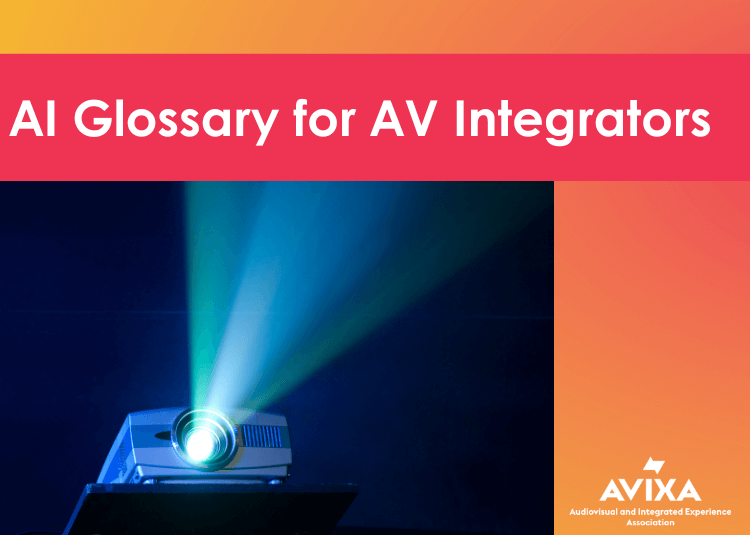News & Trends
New Video Visualizes Candy as Pixels

When it comes to an Audio-Visual over Internet Protocol network, or an AV over IP (AVoIP) network, it’s well-known that video consumes massive amounts of bandwidth. But it can be hard to visualize how much data various formats require.
In this latest AVIXA Explains video, we demonstrate how to determine total video bandwidth – using Skittles.
How can candy help in the visualization process? Let’s do some calculating, where one Skittle equates to 1200 pixels.
When it comes to an old standard definition 4x3 television, which is 640 pixels wide by 480 pixels high, it comes out to a total of almost 307,200 pixels or 246 Skittles.
And when moving along to high definition, that amount substantially goes up. For a 6x9 widescreen format, 720p nearly triples the resolution from standard definition, resulting in close to a million pixels or 733 Skittles.
Just a few years after high definition first came out and was popularized, 1080p became the next standard for television and online video. It still offers excellent video quality while not over-taxing your network, making it a popular option to date. 1080p doubled 720's resolution with over 2 million pixels or 1651 Skittles.
Then, 4K quadrupled 1080p with over 8 million pixels or 6600 Skittles. And what about 8K? If you want to see 8K and its whopping number of Skittles, make sure to check out the video.
Additionally, pixels are just one piece of the puzzle when it comes to total video bandwidth. There are also color channels, bit depth, and frame rates to consider when working out the total video bandwidth equation. But using Skittles helps us visualize the most critical component when planning video bandwidth for your AV system – your network. It's the connection that moves all this data to your hardware, and it must move fast.
Your facility might have some of the greatest high-definition displays the industry has to offer, and they may be built to handle each one of these pixels. Yet, if your network isn't robust enough to hold all that data, you'll never maximize the full potential of your hardware.
So, where do you start to plan a system like this? It all begins with the application. Ask yourself: Which resolution makes sense for this content and hardware?
Let's say, for example, that you have a one-gigabyte switch network with Cat6A cabling. You're not going to be able to move 8K without heavy compression, but a 10-gigabyte switch network is much more feasible.
When planning your AVoIP network, a bit of math can go a long way to ensure that you create a network that makes sense for your content and budget. If you're interested in the total video bandwidth formula, you can find it in the description of the Youtube version of this video by following this link.
















